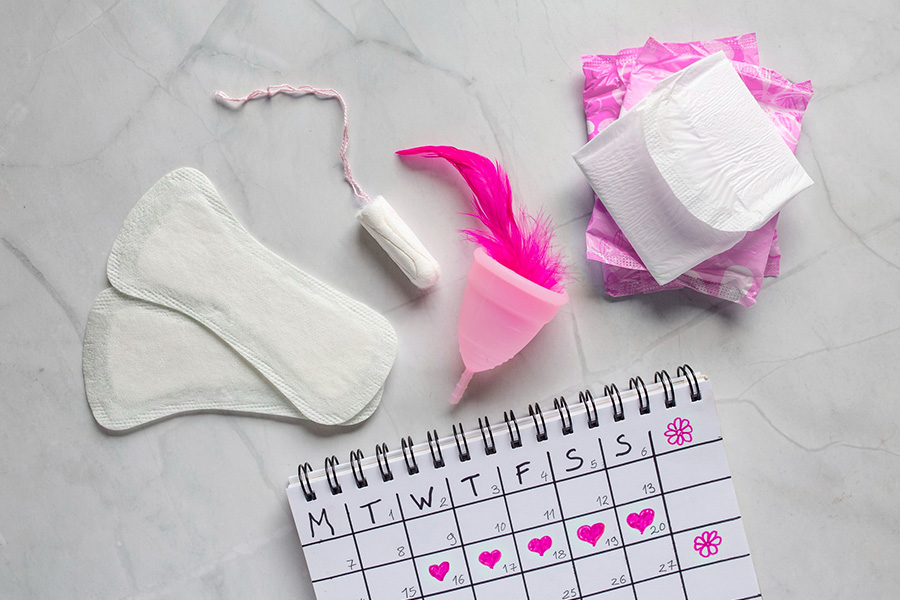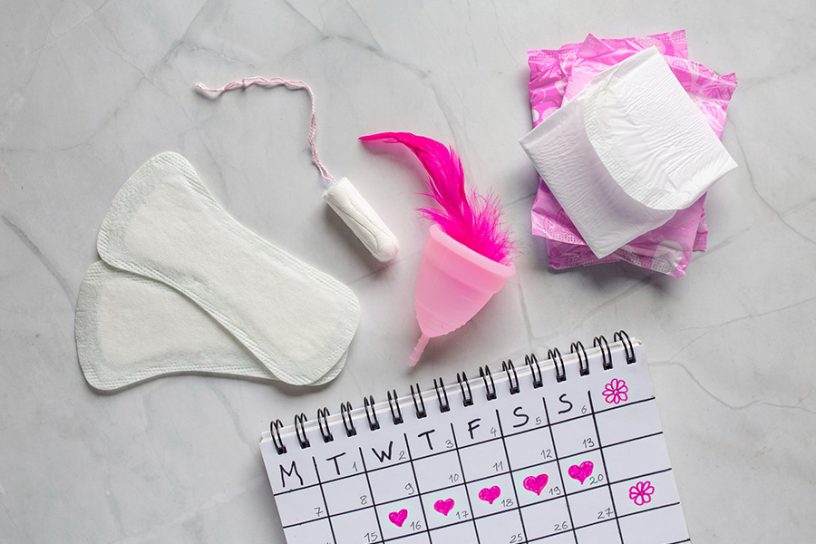
The findings suggest that awareness of sustainable products and cultural factors are the key driver to promote their use.
Authors
Karan Babbar, Assistant Professor, Jindal Global Business School, O.P. Jindal Global University, Sonipat, Haryana, India.
Supriya Garikipati, School of Politics and International Relations, University College Dublin, Dublin, Ireland.
Summary
For over a decade, improving menstrual hygiene among poor girls and women in low-and-middle-income-countries has been a prominent global goal. Towards this, governments in the Global South have worked to promote the uptake of disposable sanitary pads. Despite this, we continue to see a high prevalence of period poverty mainly because disposable pads require monthly purchasing that may be burdensome for many women.
Not only are pads financially unsustainable but also represent a heavy environmental burden which has kindled an interest in re-usable innovations like menstrual cups that present a sustainable solution. However, there is little understanding of factors that promote the take-up of disposable vs. sustainable products at population levels. In this paper, we draw on India’s National Family Health Survey-5 to understand the socio-demographic determinants of period product usage among girls and women, differentiated by their sustainability quotient.
Our findings suggest that awareness of sustainable products and cultural factors are the key driver to promote their use. Women with exposure to menstrual cups either via education or mass media were more likely to use them. Belonging to urban areas and to disadvantaged social categories are other driving factors, at least partly because taboos of vaginal insertion are less of a concern among these groups.
These findings suggest that improving the uptake of menstrual cups requires a paradigm shift in menstrual health policies from the promotion of disposable pads alone to spreading awareness of sustainable period choices among women via innovative use of mass media and community networks. Some micro-level evidence of change supports our conclusions.
Published in: Plos One
To read the full article, please click here.


